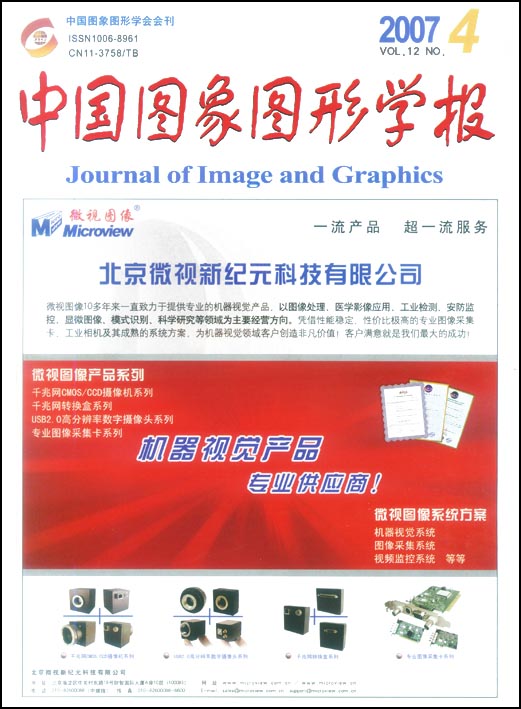
基于模糊贝叶斯网络的星形细胞瘤恶性分级的研究
林春漪1, 尹俊勋2, 马丽红3, 陈健宇3(1.华南理工大学电子与信息学院,中山大学第二附属医院,广州 510640;2.中山大学生物医学工程系,广州 510080;3.华南理工大学电子与信息学院,广州 510640) 摘 要
针对医学影像诊断的复杂性和不确定性,首次提出将模糊贝叶斯网络应用于星形细胞瘤恶性程度的诊断,通过采用条件高斯模型对连续输入进行模糊化处理,利用专家知识和数据,并通过机器学习,建立了星形细胞瘤恶性程度分级的概率模型。两个建模实验结果证明了这种方法的有效性,其中融合了低层视觉特征和中层语义的概率模型比仅仅使用低层视觉特征的模型有更高的识别率,使用60个测试样本,可达81.67%的识别率。该模型解决了贝叶斯网络连续输入的问题,为医生尤其是年轻医生提供了一个针对星形细胞瘤分级的较客观的定量诊断参考,为恶性程度预测提供新的辅助手段。
关键词
Classification of Astrocytoma Malignant Degrees Based on Fuzzy Bayesian Networks
() Abstract
In order to deal with the complexity and uncertainty in medical diagnosis,this paper proposed a new method based on fuzzy Bayesian networks,and applied it to the classification of astrocytoma malignant degrees.Introducing a fuzzy procedure with conditional Gaussian models,aiming to transform a continuous variable into a discrete one,probability model of the classification of the degree of malignancy was established,through machine learning and with expert knowledge and sample data.Two modeling experiments demonstrate the validity of this method.Thereinto,the model fusing low-level image features and high-level semantics outperforms the one with only low-level image features.Using 60 test samples,an accuracy of 81.67% is achieved.This model provides a more objective quantitative reference and novel assistant ways for doctors to predict astrocytoma malignant level.
Keywords
|



 中国图象图形学报 │ 京ICP备05080539号-4 │ 本系统由
中国图象图形学报 │ 京ICP备05080539号-4 │ 本系统由